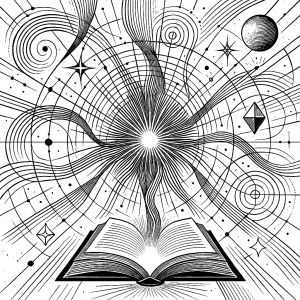InnerMotion - The Guidebook - What You Will Learn

This practice is designed to guide you in discovering and developing your own unique dance style, rather than teaching you specific dance moves or choreography. You will learn how to connect deeply with the music and allow your body to move naturally, creating movements that are entirely your own. If you experience shyness, this practice will help you overcome it, encouraging you to express yourself confidently and without inhibition. Through this process, you will become more attuned to the rhythms and emotions within the music, and how they resonate within your body, enabling you to dance with greater freedom and authenticity.
Throughout the course, you will cultivate a profound connection with your inner self and the music, enhancing your ability to express yourself through movement and expand your dance vocabulary. By embracing techniques from various practices such as mindfulness, self-discovery, and the healing power of movement, you will learn to be fully present in your body. This will not only improve your dancing but also enrich your overall well-being. You will be guided to explore and expand your physical and emotional expression, allowing you to dance freely while fostering a deep sense of inner peace and self-understanding.
As you progress, you will be introduced to advanced and unique techniques like "Core Impulse", "The Observer" and "Heart Resonance". These techniques will help you achieve a meditative state of dance, where every movement is a beautiful expression of your true self. You will learn to feel the music like never before, letting it carry you to a place where every movement connects you to your being, and bliss becomes a natural rhythm of your soul.